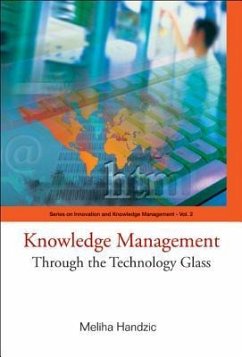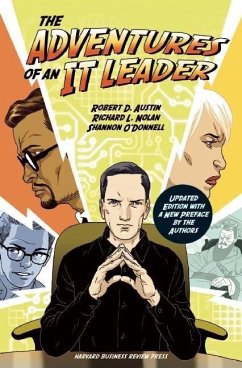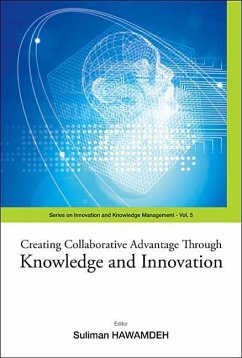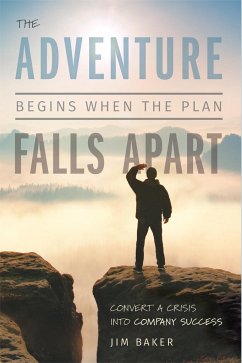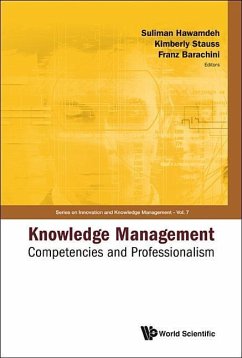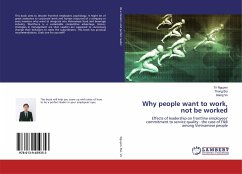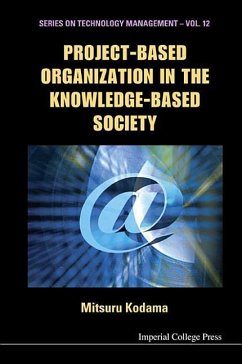
Why Drink From a Firehose When All You Want is a Glass of Water? Managing Knowledge for Decision Makers
Versandkostenfrei!
Versandfertig in über 4 Wochen
25,99 €
inkl. MwSt.
Weitere Ausgaben:

PAYBACK Punkte
13 °P sammeln!
A Major Command generates a vast amount of information and this volume is growing exponentially. The increase in operations tempo and short notice deployments require the rapid fusion of this information to ensure a quick response and decisiveness in any crisis. The Air Force needs a system that allows commanders to sort through the flood the information, find the insight they need, and quickly make the right decisions. This paper focuses on the field of knowledge management and the technological benefits of thin client architecture, intranets, and the World Wide Web. It also explores ways to ...
A Major Command generates a vast amount of information and this volume is growing exponentially. The increase in operations tempo and short notice deployments require the rapid fusion of this information to ensure a quick response and decisiveness in any crisis. The Air Force needs a system that allows commanders to sort through the flood the information, find the insight they need, and quickly make the right decisions. This paper focuses on the field of knowledge management and the technological benefits of thin client architecture, intranets, and the World Wide Web. It also explores ways to improve the knowledge base available to MAJCOM, NAF, and Wing Commanders and their senior staffs. In addition, this paper makes recommendations for Air Force implementation of knowledge management solutions so that the Air Force can evolve into an ever more potent information superiority force. It is now time for the Air Force to embrace knowledge management as a requirement for operating effectively in the 21st century. This work has been selected by scholars as being culturally important, and is part of the knowledge base of civilization as we know it. This work was reproduced from the original artifact, and remains as true to the original work as possible. Therefore, you will see the original copyright references, library stamps (as most of these works have been housed in our most important libraries around the world), and other notations in the work. This work is in the public domain in the United States of America, and possibly other nations. Within the United States, you may freely copy and distribute this work, as no entity (individual or corporate) has a copyright on the body of the work. As a reproduction of a historical artifact, this work may contain missing or blurred pages, poor pictures, errant marks, etc. Scholars believe, and we concur, that this work is important enough to be preserved, reproduced, and made generally available to the public. We appreciate your support of the preservation process, and thank you for being an important part of keeping this knowledge alive and relevant.



